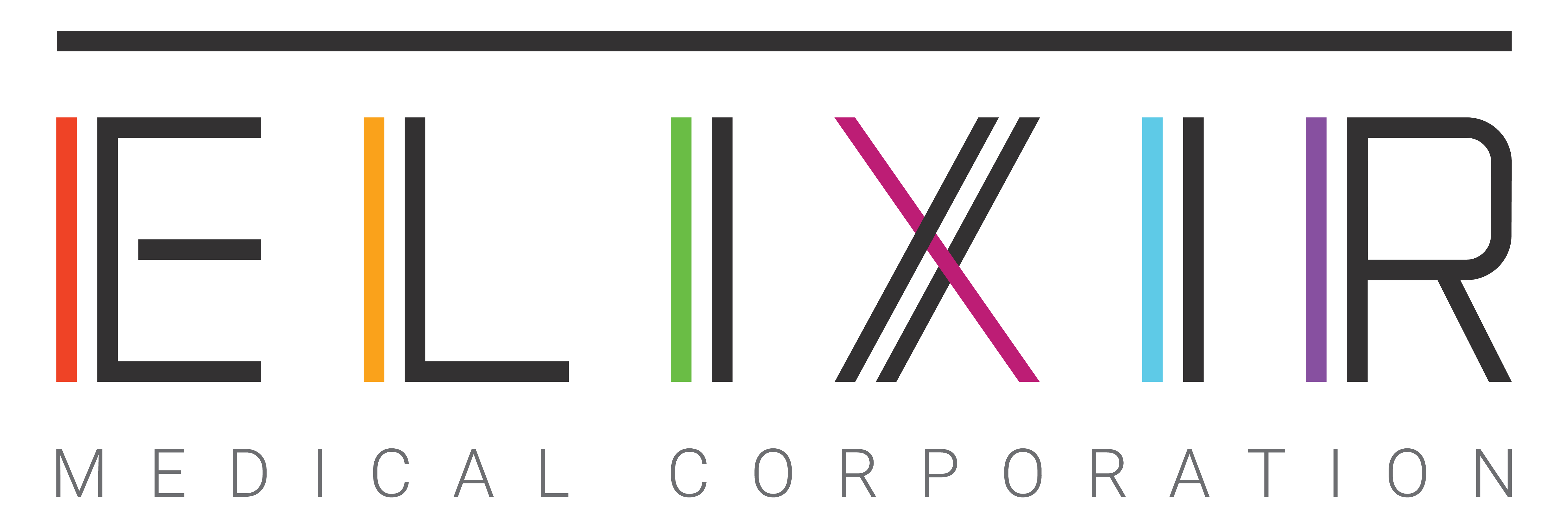EVIDENCE-BASED
Breakthroughs
EVIDENCE-
BASED
Breakthroughs
Transforming vascular care based on evidence-based decisions means utilizing clinical data that meets the highest standards. Robust clinical evidence program to establish new standards to transform vascular care. International, randomized, multi-center studies serve as the foundation for disruptive innovation.
Landmark BIOADAPTOR RCT
DynamX coronary bioadaptor is first device with RCT data demonstrating significantly better effectiveness in early return of vessel function and stabilization of plaques vs. state-of-the-art drug-eluting stent, the Resolute Onyx™ DES.
The BIOADAPTOR RCT is an international, single-blinded, randomized controlled (1:1) trial comparing a sirolimus-eluting bioadaptor with a contemporary zotarolimus-eluting stent in 445 patients. Both arms had large randomized multi-imaging modality subgroups of 100 patients powered to document standard stent effectiveness benchmarks, and the new effectiveness benchmarks of vessel motion and function. Data collection will continue through five years.
Study Design:
- 445 patients enrolled
- 1:1 randomization versus Resolute Onyx DES
- Primary endpoint: TLF at 12 months (powered for non-inferiority)
- Secondary endpoints: Imaging by QCA/IVUS/OCT at 12 months
- Clinical follow-up to 5 years
Key Findings:
The clinical trial met its primary endpoint of Target Lesion Failure (TLF) non-inferiority at 12 months. The novel DynamX coronary bioadaptor achieved a very low 1.8% TLF rate compared to 2.8% for Resolute Onyx DES (p<0.001), as well as similar acute performance, acute lumen gain, and percent diameter stenosis at baseline.
And, for the first time seen in a coronary revascularization implant, the bioadaptor demonstrated normal pulsatility in the device treated segment as well as novel findings of plaque stabilization and regression, confirming restoration of vessel function at 12 months.
With pulsatility restored, more blood is able to flow with every heartbeat, bringing more oxygen deeper into the heart and helping alleviate symptoms associated with Coronary Artery Disease.
Primary endpoint: target lesion failure at 12 months vs. 2.8% for Resolute Onyx™ (p < 0.001)
Increase in blood flow with every heartbeat, as pulsatility returns
Plaque volume regression in lipid rich lesions vs. +10% for DES (p = 0.008)
INFINITY-SWEDEHEART Clinical Trial
The INFINITY-SWEDEHEART study evaluates the safety and effectiveness of the DynamX coronary bioadaptor, the first metallic coronary artery implant that adapts to vessel physiology, compared to the Resolute Onyx drug-eluting stent, in the treatment of patients with ischemic heart disease with de novo native coronary artery lesions in epicardial vessels.
It is the largest randomized trial of the DynamX coronary bioadaptor to date with 2,400 patients enrolled, covering a real-world population.
Study Design:
- Interventional Clinical Trial
- 2400 participants enrolled in Sweden
- Ages 18 – 85 years
- 1:1 randomization of eligible patients with DynamX : Resolute Onyx
- Intervention Model: Parallel Assignment
- Clinical follow up to 5 years
Primary Endpoint(s):
- Primary Device Oriented Clinical Endpoint is target lesion failure (TLF); a composite of cardiovascular death, target vessel myocardial infarction (TV-MI), or ischemia-driven target lesion revascularization (ID-TLR).
Secondary Endpoints:
- Device Success (Lesion Level Analysis)
- Procedural Success (Patient Level Analysis)
DynamX Mechanistic Clinical Study
DynamX coronary bioadaptor demonstrated very good 36-month clinical outcomes, highlighted by the absence of target-vessel myocardial infarction and definite or probable device thrombosis, and only one target lesion revascularization up to 36 months.
Study Design:
- Multi-center, single-arm, mechanistic clinical study
- 50 patients at 7 international sites
- Treatment of single, de novo lesions
- Followed out to 30 days, 9 and 12 months, 2 and 3 years
Key Findings:
- Positive vascular remodeling demonstrated by a vessel area increase of 3% and a device area increase of 5%
- Cyclic pulsatility demonstrated by OCT with a difference in cross-sectional lumen area of 11% between systole and diastole
- 4 TLF out to 36 months: 3 deaths – investigational sites reported all as unrelated to device or procedure; only 1 clinically driven TLR
- Zero incidence of definite or probable device thrombosis
DESyne BDS Plus RCT
The DESyne BDS Plus Randomized Clinical Trial (RCT) is a prospective, multicenter, single-blind study evaluating the safety, effectiveness, and performance of world’s first triple-drug site-specific antithrombotic therapy (TRx) compared to DESyne X2 Drug-Eluting Coronary Stent System in the treatment of de novo native coronary artery lesions. The trial includes 202 patients across 14 sites in Europe, New Zealand and Brazil. An imaging subset of 58 patients had angiographic and optical coherence tomography (OCT) assessment completed in the first six months. Data collection will continue through three years.
Study Design:
- Prospective, multicenter, randomized
- 202 patients
- 60 patient imaging subset
- 14 sites
- Primary endpoint of TLF at 3 days or through hospital discharge
- Secondary endpoint of LLL at 6 months
PINNACLE I Study for Intravascular Hertz Contact Lithotripsy
The PINNACLE I clinical study evaluates safety and performance of the Lithix Hertz Contact Lithotripsy Catheter for the treatment of calcified lesions.
This clinical trial is currently recruiting.
Study Design:
- Multi-center, prospective, non-randomized, single arm
- Up to 60 patients
- 30 patients OCT imaging subgroup
- Primary Safety: MACE within 30 days (cardiac death, MI and TVR)
- Primary Efficacy: Clinical success defined as residual stenosis <50% after stenting with no evidence of in-hospital MACE
- Follow-up 30 days, 6 months
PMN 1710 Rev A
